What to do in the Northern mountain of Vietnam except from Sapa's activities? Come with us to Bac Ha Market and explore the interesting local culture in this area.
Amazing tourist destinations can be found in Bac Ha, Vietnam, and these typically include Bac Ha Market, where the Tay, Dzao, Nung, Giay, and Hoa-Hmong communities get together every Sunday. Traveling on foot, by motor scooter, on horseback, or even by water buffalo, they all have equal access to this weekly opportunity to socialize, trade, eat, drink, smoke, get a haircut, and stock up on food and meat.
1. What is special about Bac Ha Market?
Bac Ha, Vietnam is located on National Highway 70 in a mountain valley 45 kilometers to the northwest of the tourist mecca of Sapa. Bac Ha is over 1,200 meters above sea level, which is not as stunning as Sapa at 1,600 meters, but the panorama has a beauty that is hard to resist from this rounded summit shrouded in thin fog. In addition to not being a resort, this location has the feel of a typical rural town. Among local markets, Bac Ha Market stands out as the largest and most vibrant. The flashing of bright plaids and stripes will enchant you while engaging in this market.
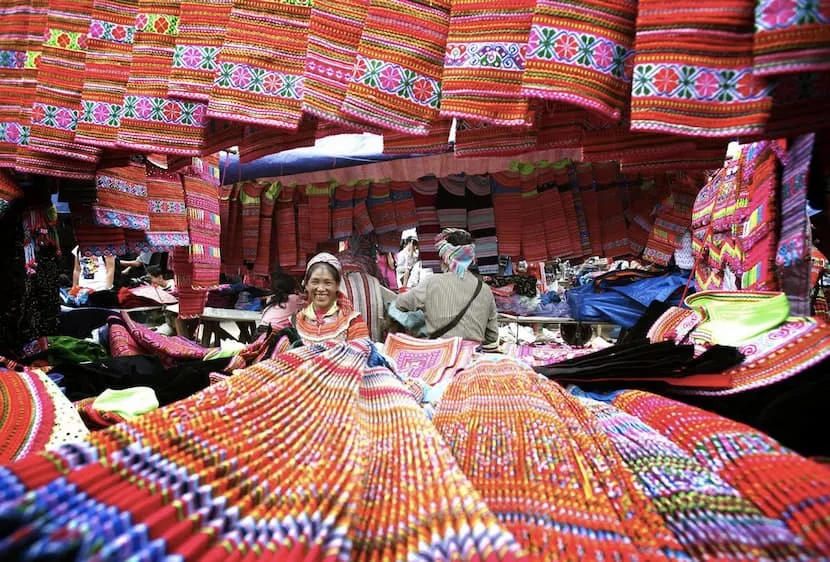
Bac Ha sunday market is located close to the steep highlands and the Chinese border and is open from early in the morning until early in the afternoon. Since Lao Cai Province was established, the market has flourished. The market will now be open once a week, on Sundays only.
It's a weekly celebration of the minority culture that exists exclusively in one part of Vietnam. Bac Ha Market is split into smaller zones, each of which is named for the goods it sells. It's easy for tourists to get lost among the many markets (brocade, food, horse, poultry, bird, etc.) here.
In addition, only Bac Ha Market has a designated area for water buffaloes and horse trade, making it the only fair market in Vietnam to do so. On average, hundreds of horses are traded hands at each event. The savviest merchants can get their hands on the healthiest horses at rock-bottom costs.
At the Bac Ha Market, people from many different minority groups congregate to buy and sell goods (from hand-embroidered skirts to all sorts of poultry) that cannot be found anywhere else. This includes the Flower H'mong, Phu La, Black Dao, Tay, and Nung. Because of this, the market usually has a lot of people in it.
Bac Ha Market is more than just a location to purchase and sell; it's also a hub for socializing and exchanging ideas and feelings. If you happen to be in the mountains during the upland fair, keep an eye out for the long lines of people and horses making their way to the marketplace from every direction. Bac Ha is a popular gathering spot for residents, who often come in large groups to eat a hot soup pan (Thang Co) and engage in friendly conversation.
2. Best time to visit Bac Ha Market
Bac Ha Market is the only place where locals from the surrounding villages gather to shop, and it is only open on Sundays from 6 am to 12 pm. Many members of the Dao and Hmong hill tribes, both young and old, get up around 4 o'clock in the morning to prepare their booths and bring their goods to the market.
Bac Ha Market is most lively in the spring when a number of celebrations are organized to welcome the Lunar New Year celebrate and the arrival of the plum blossom season. The exotic plum blossom blooms at that time of year paint the surrounding mountains and hills a pristine white. Following the Lunar New Year festivities, the celebrations of Say San and Ruoc Dat Ruoc Nuoc occur on January 2–6 and January 15, respectively. Ruoc Dat Ruoc Nuoc marks the beginning of a new year and serves as a prayer for favorable weather and a bountiful crop, while Say San is for dating, confession, and prayers for happiness.
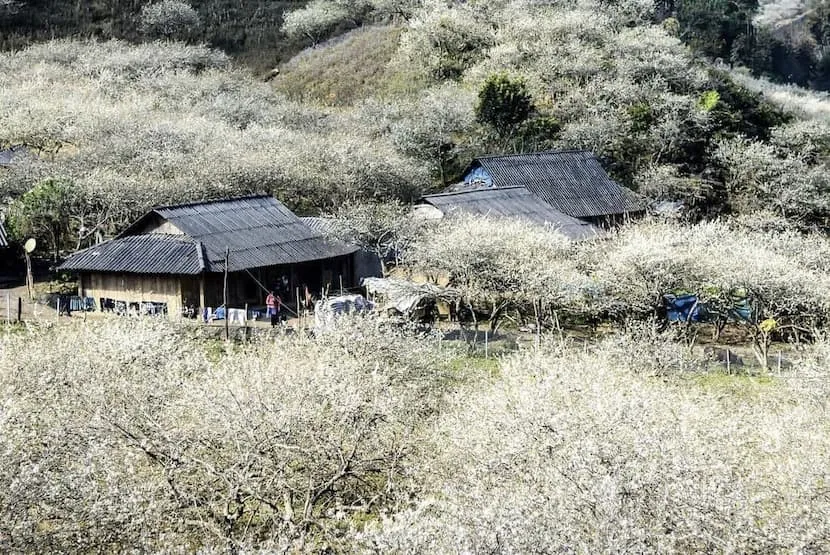
Another exciting event is the Horse Racing Festival, which is held in early June. The most popular route for races goes from the heart of the district, near Bac Ha market and ends at the point when it begins to turn towards Thai Giang Pho commune. There are smooth and rough stretches of road there to put horse and rider to the test. A tall tree with a scarlet fabric draped from its branches is the final objective. A piece of linen or a bottle of regional wine awaits the first person to cross the finish line. In the past, the inhabitants of Bac Ha held both traditional horse races and unique shooting horse races. A participant needed more than just horsemanship and shooting skills to compete. In the end, they had to fire the blue fabric fastened to the rock face with pinpoint accuracy.
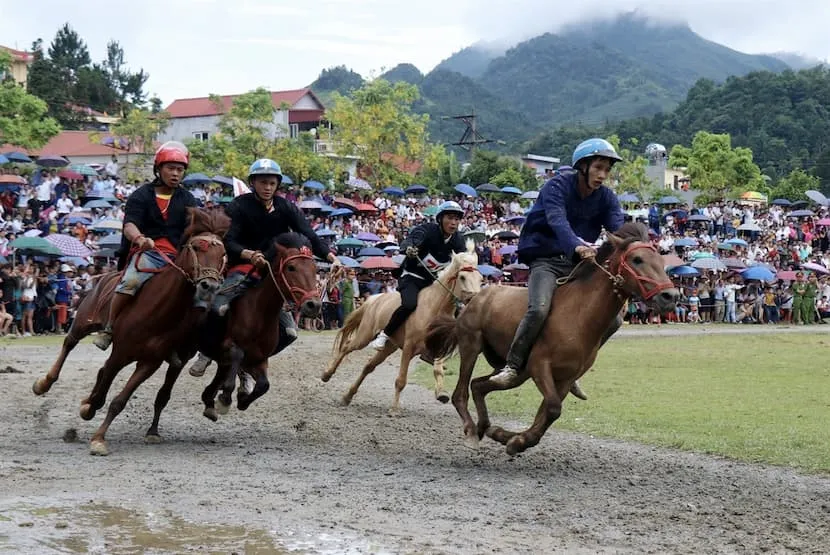
On the seventh day of the lunar calendar, July, comes the Bac Ha Temple Festival. Bac Ha owes its regional stability during the time of the construction of the Bac Ha Temple in the 19th century thanks to two brothers named Vu Van Uyen and Vu Van Mat. Traditional celebrations abound during the Temple Festival, held annually to honor the Vu heroes.
3. Things to do in Bac Ha Market
Buy woven clothes, jewelry and souvenirs
From hoes and shovels to brocade and buffalo and horses, the residents of Vietnam's ethnic minorities may buy whatever they need at Bac Ha Market. However, the greatest and most noticeable area appears to be dedicated to handicrafts and textiles, making it a paradise for shoppers looking for brocade goods and accessories.
The vibrant clothes and traditional garb of H'mong and Red Dao women hung up in street stores will stun visitors. This section also features intricately crafted accessories like tote bags, shoulder bags, shawls, and wallets. Beyond the textiles, look out for the shimmering stalls selling traditional silver jewelry, which includes exquisite necklaces, bracelets, and rings, often worn by the ethnic groups for special occasions. A beautiful work of embroidery or a piece of silver, whether for yourself or as a gift, is readily available. You might always ask the vendors what ethnic group the garments or jewelry are from.
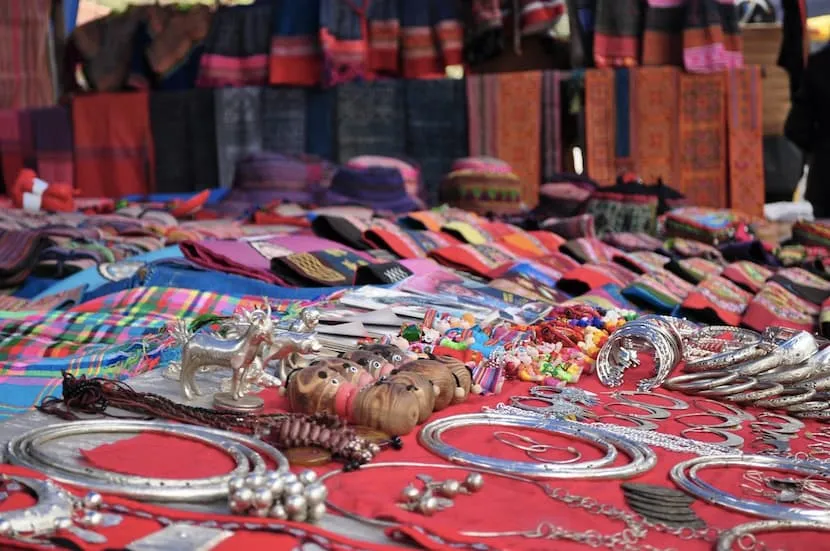
Exchange cattle and poultry
The area for trading animals and poultry appears to be located on a hilltop apart from the main market. While this activity is primarily for local residents who come to trade livestock, the sight is fascinating and highly recommended for visitors to witness. There is a wide variety of animals available for purchase, from pigs and cows to buffalo and even birds, dogs, and horses. Men predominate as both sellers and customers in the buffalo market. It's on a huge plot of land with more than enough resources to support its many customers. The H'Mong and Dao ethnic groups' dog market and a chicken market are also located nearby.
Savor Northwest Vietnamese cuisine
You're missing out if you don't try some of the delicious street cuisine and regional specialties at Bac Ha market. The traditional Mong cuisine Thang Co, originally made from horse meat but now typically made from buffalo meat and pig, is a must-try for any visitor to Bac Ha market. At the Bac Ha Market, you may choose from many vendors offering this cuisine.
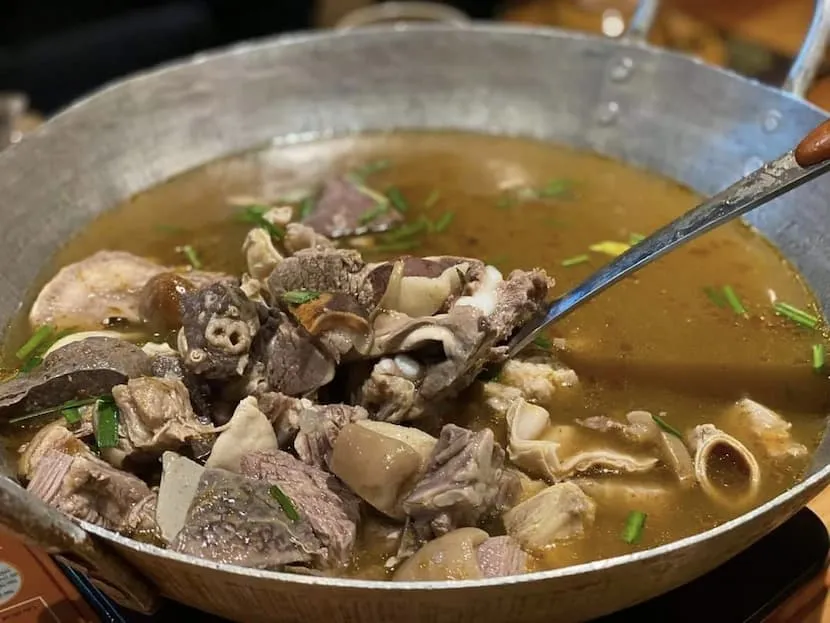
Corn wine, a staple of the H'Mong and Dao people in mountainous Sapa, is a perfect match for a plate of Thang Co. Ban Pho Corn Wine and Bac Ha Corn Wine are all names for the same beverage. It has a powerful flavor at first, but the smell is delightful, and the aftertaste is neither bitter nor sour.
Immerse yourself in Bac Ha's festive spirit
Bac Ha has several fun celebrations throughout the year. People in the area frequently ask for good fortune, pleasant weather, and abundant harvests on these special days. Beside Bac Ha Market, visitors to Bac Ha at this time will see members of minority groups donning their finest traditional garb and partying with hundreds of others.
To sum up and add up to notable Bac Ha celebrations (All timing is noted in the lunar calendar) that you might want to see:
- 2nd - 6th January: Say San Festival
- 15th January: Ruoc Dat Ruoc Nuoc Festival
- Early June (depending on each year): Horse Racing Festival
- 7th July: Bac Ha Temple Festival
A visit to Bac Ha Market is also a journey into the heart of Northern Vietnam's ethnic culture, offering vibrant colors, unique traditions, and good memories. We hope this article about Bac Ha Market, Vietnam, is helpful for planning your Vietnam trip. If you wish to visit this market or Sapa and receive useful tips from a travel expert, let IZITOUR help you. Leave a comment below or contact us via email: [email protected] or Whatsapp: +84 382 536 266 for instant assistance!
See more:








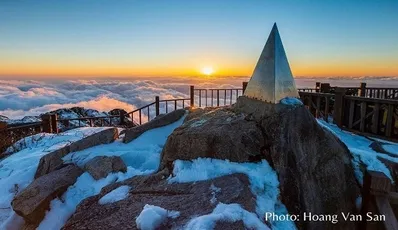
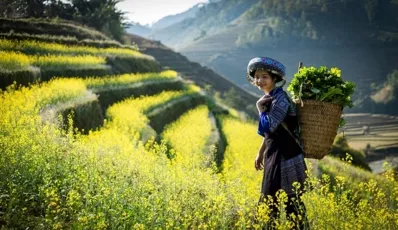
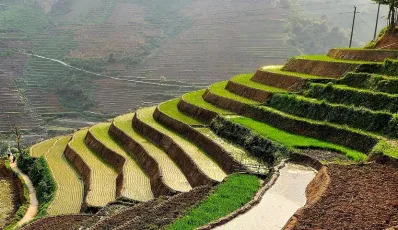
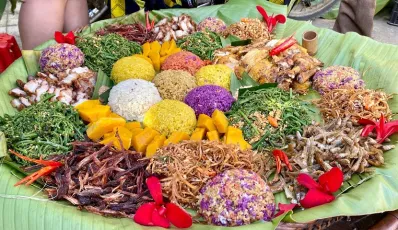
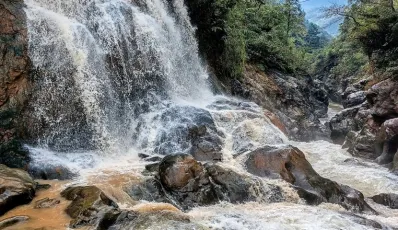
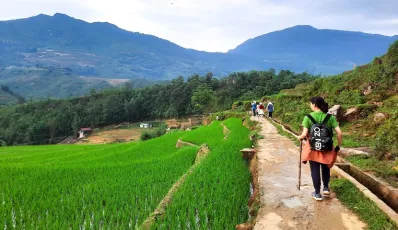
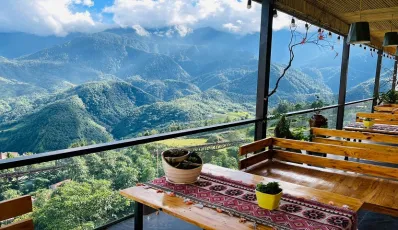
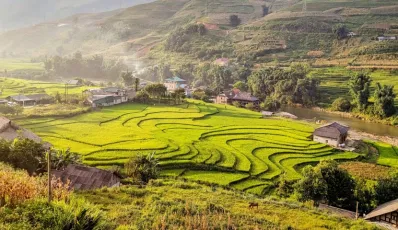
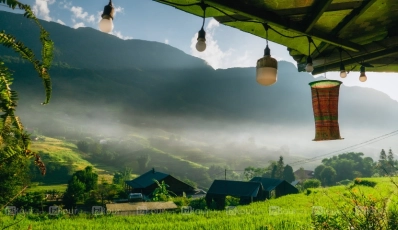




 TRAVELERS' CHOICE 2025
TRAVELERS' CHOICE 2025 


